Professional Drainage Planning and Installation
Landscaping drainage services encompass various solutions designed to manage excess water and prevent water accumulation in outdoor spaces. These services include surface drainage systems such as swales, French drains, and catch basins, as well as subsurface drainage options like perforated pipe installations. Proper drainage installation helps protect landscaping features, foundations, and property structures from water damage. Different types of drainage solutions are selected based on site conditions, water flow requirements, and landscape design goals. Effective drainage systems facilitate healthy plant growth by preventing waterlogging and soil erosion. These services are tailored to ensure outdoor areas remain functional and visually appealing, regardless of weather conditions. Professional installation ensures that drainage systems are integrated seamlessly into the landscape, providing long-term performance and reliability.

Installation of perforated pipes to direct excess water away from landscape areas.
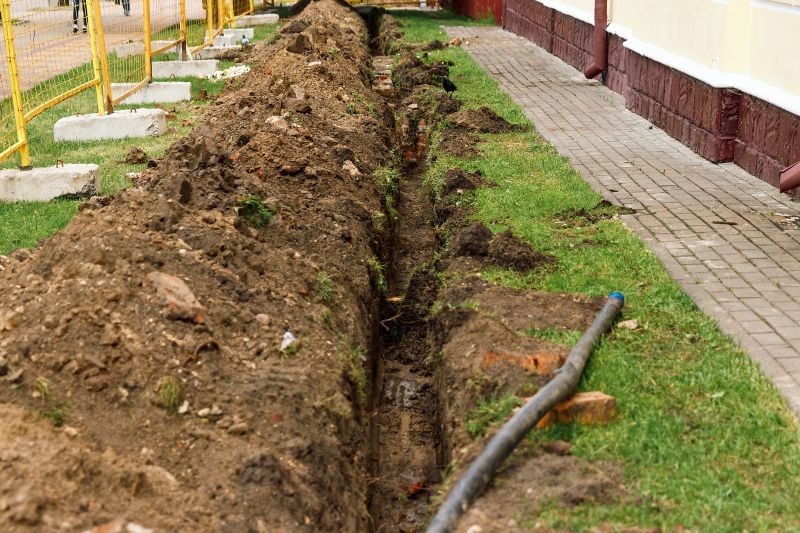
Laying gravel and piping to prevent water accumulation in low-lying zones.

Creating swales and catch basins to manage runoff effectively.
| Benefit | Description |
|---|---|
| Prevents Water Damage | Reduces risk of foundation and landscape damage caused by water accumulation. |
| Enhances Soil Stability | Prevents erosion and maintains soil integrity in landscaped areas. |
| Improves Plant Health | Ensures proper drainage to promote healthy root growth. |
| Reduces Flooding Risk | Minimizes surface water pooling during heavy rainfall. |
| Increases Property Value | Proper drainage systems can enhance overall landscape appeal. |

Visual of a French drain installed along a landscaped yard.

Catch basins integrated into a garden area for runoff management.
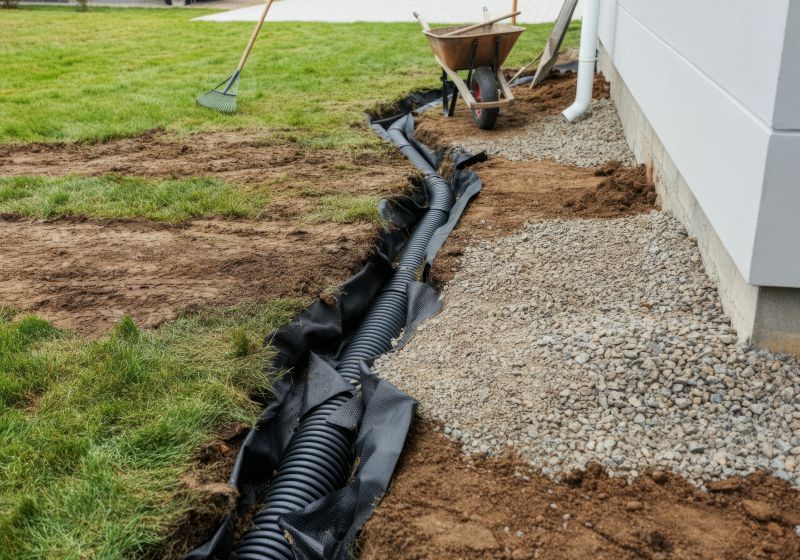
Perforated pipe setup beneath the surface for effective water diversion.
The process of landscaping drainage service begins with a thorough assessment of the landscape and water flow patterns. Site conditions are analyzed to determine the most suitable drainage solutions, considering slope, soil type, and existing landscape features. Planning involves designing an effective system that integrates seamlessly with the landscape design, whether it involves surface or subsurface methods. Excavation and trenching are performed to install pipes, gravel beds, or other drainage components. Once installed, the system is tested to ensure proper water flow and functionality. Final adjustments are made to optimize performance, and the landscape is restored to its original condition. Properly executed drainage installation requires attention to detail to prevent future issues and ensure durability. Ongoing maintenance may be recommended to sustain system effectiveness over time.
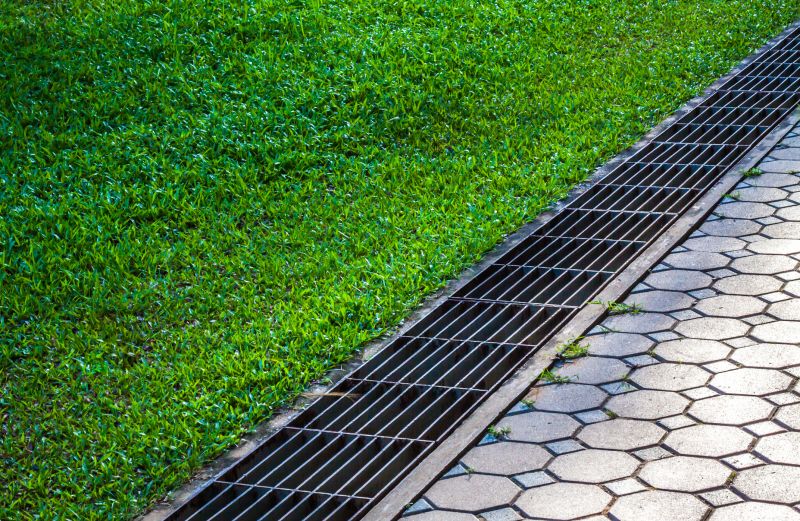
Installation of piping and gravel beds for subsurface drainage.

Creating swales and grading for effective runoff management.
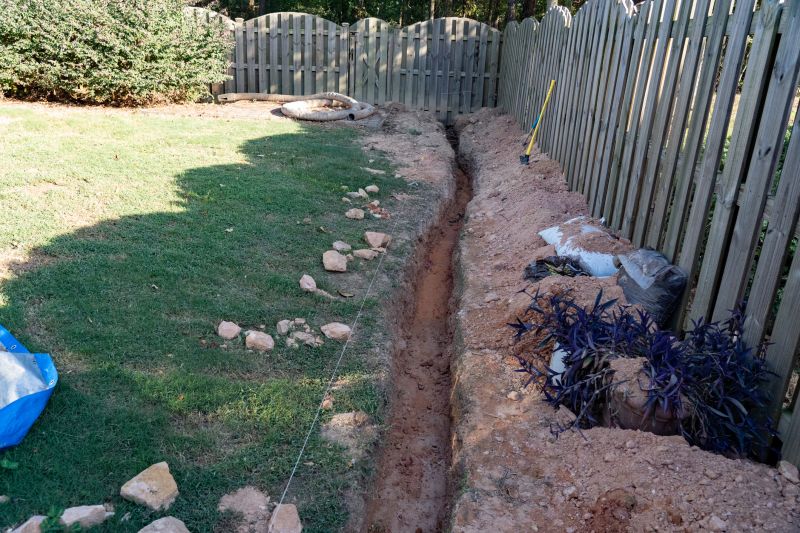
Excavation and trenching to accommodate drainage components.
Hiring a professional for landscaping drainage installation ensures that the system is designed and installed correctly to meet specific site needs. Experts have the experience to evaluate water flow patterns and select appropriate solutions that integrate seamlessly with the landscape. Proper installation by professionals minimizes the risk of future failures or water-related issues, saving time and costs in the long run. Professionals also ensure compliance with local regulations and standards, providing peace of mind. Their expertise guarantees that drainage systems are durable, effective, and tailored to the property's unique conditions. Additionally, professional services often include advice on maintenance and system upgrades, helping to preserve landscape integrity over time.
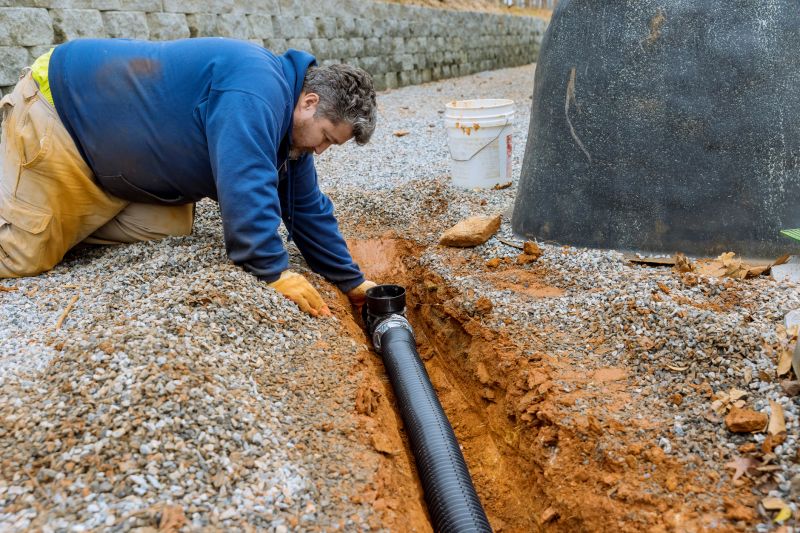
Professional setup of drainage pipes and systems.
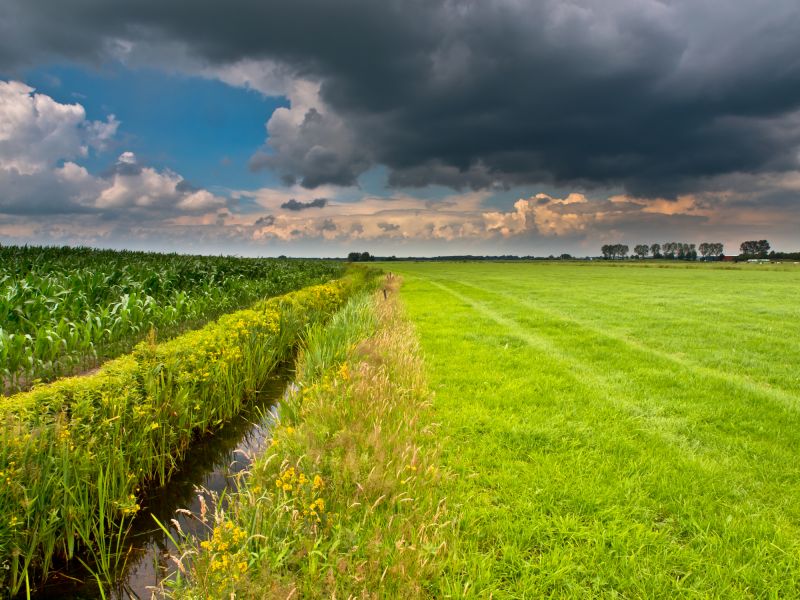
Assessment of landscape to determine optimal drainage solutions.
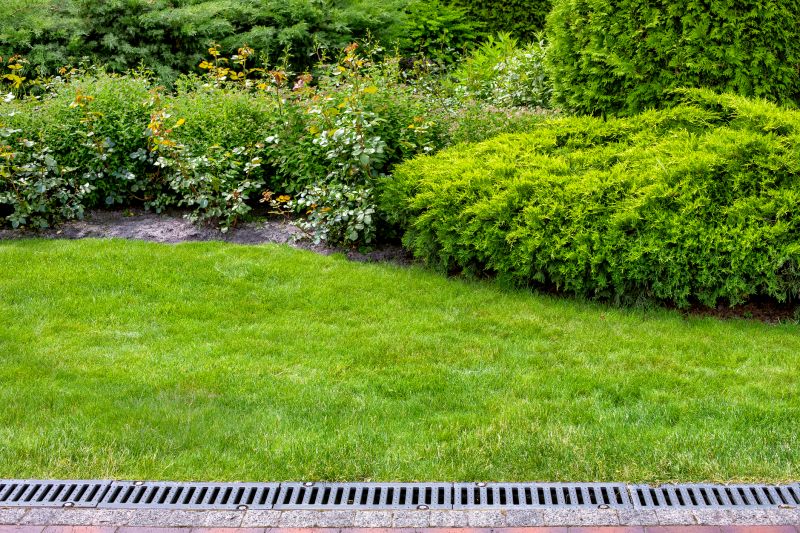
Installation that blends with landscape features for aesthetic appeal.
**Contact today to get a quote for landscaping drainage service and ensure your outdoor space remains protected from excess water.**
